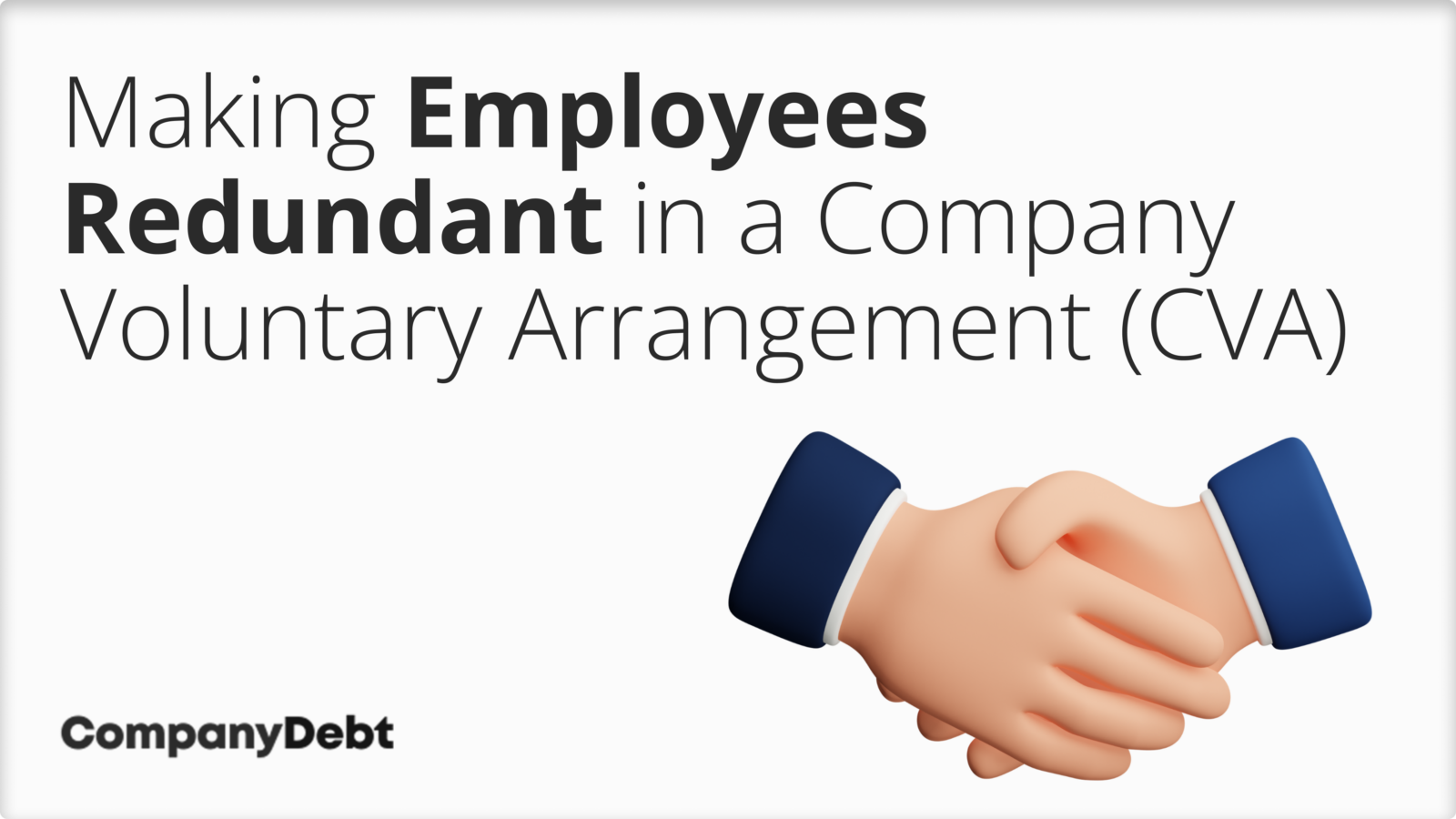What Happens to Redundancy If Company Goes Bust? A Guide to Your Rights
What Happens to Redundancy If Company Goes Bust? A Guide to Your Rights
Blog Article
Examining the Interaction In Between Business Redundancy and Organizational Adaptability for Future Growth
In the dynamic landscape of today's business world, the complex connection in between company redundancy and business adaptability emerges as an important aspect for sustained growth and success. Business often deal with the difficulty of striking a fragile equilibrium in between keeping a level of redundancy to alleviate dangers and promoting versatility to respond quickly to the ever-evolving market demands.
Importance of Business Redundancy
Company redundancy is a crucial aspect that boosts organizational resilience and mitigates operational risks. By including redundancy measures within the business structure, business can better stand up to unanticipated interruptions and changes in business atmosphere. Redundancy offers as a critical barrier, enabling business to adapt and react properly to unforeseen difficulties without compromising important procedures.
One key aspect of the relevance of business redundancy is its duty in ensuring continuity throughout times of situation. When faced with abrupt adjustments or emergency situations, repetitive systems, sources, or workers can step in to keep vital functions and prevent prevalent interruptions. This continuity not only safeguards the company's online reputation and client trust yet likewise minimizes monetary losses and operational downtime.

Approaches for Business Flexibility

Producing adaptable organizational structures that enable for quick adjustments to market characteristics and client needs is vital for staying affordable in a rapidly developing atmosphere. By proactively recognizing potential disruptions and possibilities, organizations can proactively prosper and adjust in an ever-changing business landscape.
Balancing Redundancy and Adaptability
Accomplishing a harmonious balance between functional redundancy and organizational versatility is vital in navigating the complexities of a vibrant business atmosphere. Redundancy within a business gives a safety and security net, ensuring continuity and stability in operations. However, an unwanted of redundancy can bring about ineffectiveness and hinder versatility to transforming market problems. On the various other hand, business adaptability permits firms to respond quickly to outside disruptions and seize new possibilities. Striking the ideal balance in between redundancy and adaptability is a delicate procedure that needs a deep understanding of the company's goals, industry dynamics, and danger resistance.
To accomplish this balance, business require to conduct normal evaluations of their operations to recognize locations where redundancy is needed for danger mitigation and where adaptability can drive innovation and development. Applying flexible structures, cultivating a culture of continual understanding and renovation, and motivating open communication throughout all levels of the organization are essential methods to balance redundancy and adaptability effectively. By aligning these two important components, business can place themselves for sustainable growth and success in an ever-changing service landscape.
Situation Studies on Adaptation Success
In find this analyzing instances of successful organizational adaptation, it becomes noticeable that the interplay between functional redundancy and adaptability is a defining variable in shaping resilient companies. One compelling study is that of Netflix. At first a DVD rental service, Netflix demonstrated remarkable versatility by transitioning into a streaming system when digitalization disrupted the sector. By tactically buying modern technology and content creation, Netflix not only survived however thrived in a swiftly developing market. An additional standout example is Amazon. Beginning as an on-line bookstore, Amazon continually adapted its service model, expanding into varied industries such as cloud computer and expert system. This flexibility enabled Amazon to remain ahead of rivals and fulfill altering customer demands. Finally, Adobe gives a noteworthy picture of effective adjustment. The firm shifted from offering software program licenses to a subscription-based model, making sure reoccuring revenue streams and improved consumer involvement. These study highlight the relevance of functional redundancy paired with organizational adaptability in promoting long-lasting development and competition.
Building Durability for Future Development
Building strength for future growth requires a calculated alignment of functional processes with market characteristics and emerging fads. Firms must adapt to altering atmospheres by cultivating a society of flexibility, innovation, and constant improvement. Strength entails not just recovering from troubles however likewise proactively getting ready for future difficulties. One key element of structure strength is buying robust danger administration techniques to alleviate potential interruptions. This consists of circumstance planning, expanding supply chains, and establishing backup plans for numerous contingencies (who pays redundancy money).
In addition, fostering solid relationships with stakeholders, such as clients, staff members, providers, and the area, is vital for weathering uncertainties and preserving count on and assistance throughout turbulent times. Efficient interaction and transparency play an important duty in structure resilience, as they assist help with and line up assumptions cooperation in navigating uncertainties.
Moreover, companies require to prioritize knowing and advancement campaigns to upskill employees and equip them with the required devices to adjust to transforming circumstances. By purchasing their workforce, business can improve their versatility and dexterity, inevitably reinforcing their resilience for sustainable future growth.
Conclusion

In the dynamic landscape of today's service globe, the elaborate partnership between business redundancy and more business flexibility emerges as a critical factor for sustained development and success. Companies commonly encounter the challenge of striking a delicate equilibrium in between maintaining a level of redundancy to reduce threats and cultivating adaptability to respond quickly to the ever-evolving market needs.To attain this equilibrium, companies need to perform normal evaluations of their procedures to determine locations where redundancy is essential for danger mitigation and where versatility can drive advancement and development.In conclusion, the interplay in between company redundancy and organizational versatility is critical for future development. Structure strength through a combination of redundancy and adaptability will ensure that business are prepared for the obstacles of the future.
Report this page